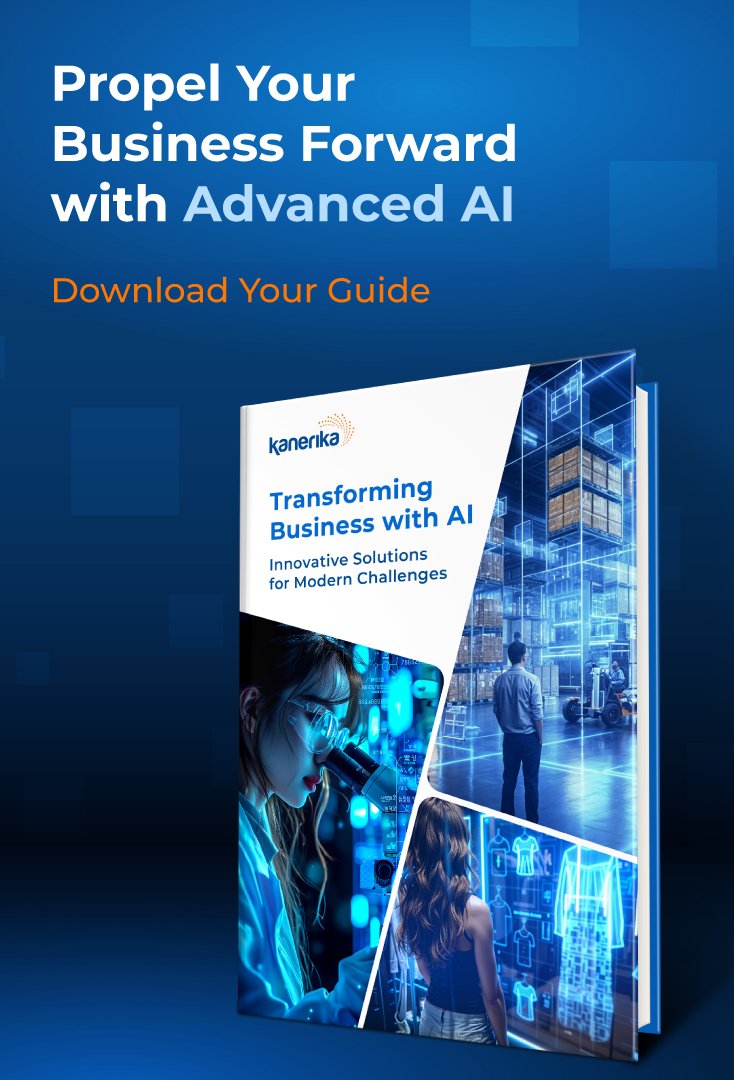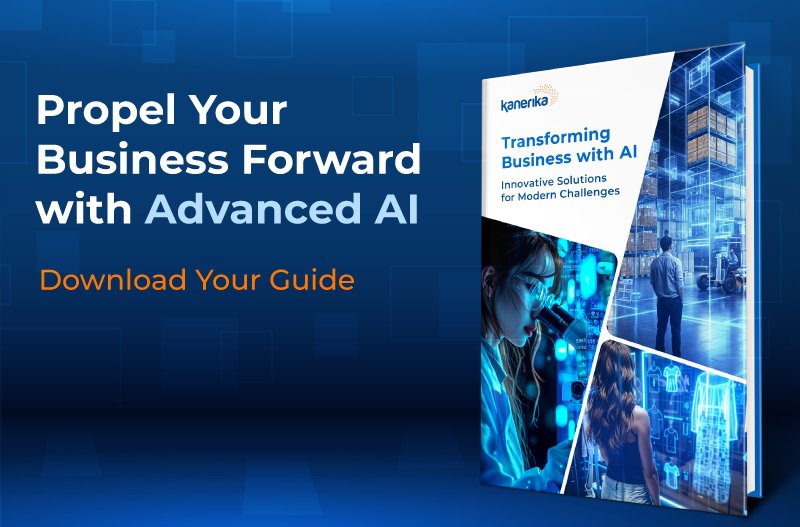Recurrent Neural Networks
What Are Recurrent Neural Networks?
Recurrent Neural Networks (RNNs) are a class of artificial neural networks specifically designed to recognize patterns in data sequences. Unlike their static data counterparts, RNNs model the interrelation among elements within a sequence. Hence, they can make predictions and informed decisions based on present input as well as past elements.
Core Concepts of RNNs
- Basic Architecture:
RNN’s unique architecture makes them more effective in processing sequential data, unlike traditional neural networks whose structures are fixed. Moreover, they include a loop in their architecture, which enables them to store previous inputs and use them when processing new elements in the series. Usually referred to as memory, this internal state allows recurrent neural networks to capture dependencies between items within sequences, making reasonably good historical predictions. - Working Mechanism:
Consider an instance where an RNN processes a sentence one word after another. During the first step, its hidden layer considers the first word. At every point, hidden layers encode contemporary information from words processed so far while maintaining inner states that register what has happened until now across all words.
As such, during subsequent periods, the next word in sequence arrives with information stored inside the hidden state from the last step. When new information arrives, it’s combined with what’s already been processed. This combination allows a special type of neural network, called a Recurrent Neural Network (RNN), to grasp the changing meaning of a sequence.
RNN’s language comprehension system works differently. It analyzes the entire record, word by word. This comprehensive approach ultimately allows it to understand the relationships between the terms or words used. This ability is particularly useful for tasks like predicting text or analyzing sentiment.
Types of Recurrent Neural Networks
The basic structure behind recurrent neural networks was compelling, but struggled when learning long-term dependencies over long sequences.
To address this problem, many variations of RNNs were invented:
- Simple RNNs form the basis for RNNs, but they cannot learn long-term dependencies.
- Long-Short-Term Memory (LSTM) networks: LSTMs consist of special gating mechanisms that allow them to remember or forget information selectively over time. They are, therefore, good at capturing long-term dependencies in sequences, whether they are long or short.
- Gated Recurrent Unit (GRU): GRUs use gating mechanisms to control the flow of information, but they are less complex compared to LSTM and, hence, faster computationally.
Applications of Recurrent Neural Networks
RNNs have transformed numerous domains by enabling sequential data analysis and processing.
Natural Language Processing (NLP): Many NLP tasks rely on RNNs. They include:
- Text Analysis: Determining sentiment, topic modeling, and pulling out information from big volumes of text.
- Language Modeling: Language Modeling predicts the next word in a sequence. It’s used for applications like automatic text generation, typing suggestions, and computer-based translation.
- Speech Recognition: This is the process of discerning patterns within speech sequences to change spoken words into written words.
Time Series Prediction
Forecasting future values in time series data is one area where RNNs excel. Some examples include:
- Financial Market Prediction: Predicting future trends by analyzing prices and other financial information.
- Weather Forecasting: Weather prediction using past years or other environmental aspects.
- Sales Forecasting: Predictions about future sales can be made based on historical sales records and customer behavior.
Other Applications
- Image and Video Analysis: This involves analyzing sequences of images or video frames for object detection, action recognition, video captioning, etc.
- Music Generation: It creates music by learning patterns from existing musical pieces.
- Anomaly Detection: This involves identifying unusual patterns in data sequences that can be helpful for fraud detection or system monitoring.
Challenges of Using Recurrent Neural Networks
- Vanishing and Exploding Gradient Problem: Information from previous parts of the sequence can either vanish (become insignificant) or explode (dominate the learning process) as it propagates through the network over time. This may hinder the network’s ability to learn long-term dependencies.
- Complexity and Computation: The computational cost of training an RNN model is high if we consider long data sequences or complex models. Thus, it cannot be executed on resource-constrained devices or for real-time applications.
- Overfitting and Regularization: Like other machine learning algorithms, RNNs tend to overfit the training data where they learn it too well but need to generalize to unseen data. Additionally, dropout can be done during training with L1/L2 regularization, which mitigates the overfitting of these models.
Advanced RNN Architectures & Innovations
To address these limitations of basic RNNs while enhancing their performance, researchers came up with advanced architectures and innovative techniques, including:
- Attention Mechanisms: With these approaches, RNNs put more weight on the relevant areas in a sequence that matter most to the problem, thereby enhancing their performance in machine translation and image captioning, among other tasks.
- Neural Turing Machines: These models provide an external memory for RNNs by conceptually simulating Turing machines, and thus, they can handle more complex tasks.
Conclusion
Recurrent Neural Networks have revolutionized sequential data. Their capture of temporal dependencies and learning from past information opens up many applications ranging from language processing and time series forecasting through music generation and image analysis. However, several challenges exist around computational complexity and handling long-term dependencies; however, continuous research and development of architecture and techniques lead to even more powerful RNNs.





